Tens of thousands of years ago. Way way back in the BCE. High atop a mountain like, say, Mount Charleston near current day Las Vegas, snow falls.
Flash forward today. Those same fossils-old snow molecules glisten in the meadow before you…
Our drive through the dry Mojave desert led into Ash Meadows National Wildlife Refuge, home of fossil water. We stopped for the entrance signage:
From the Funeral Mountains of Death Valley we came. Then we went #where-the-desert-springs-to-life.
Beyond the Boardwalk, down by the springs…
This refuge offers a modern Visitor’s Center with shaded parking. A lot of displays inform, then it’s out the back door onto the main feature trail.

At first it seemed it would be a BORED walk. But not for long, as the true colors of this largest remaining desert oasis shone through.
And the signage mentions tarantulas. Who wouldn’t become wary?
We spied some old coots, a jackrabbit and crawdaddies. Still on bucket list: tarantula in the wild.
Short hike on to the Longstreet
The namesake of the casino and RVoyager’s campsite, Jack Longstreet led a legendary wild west life. This colorful character cut a few too many notches in his gun and had to become scarce.
Longstreet built a cabin over a cave near a spring that would eventually take on his name and describe his legacy.
Devils Hole: Not the river Styx but possible highway to hell
About 500 feet of water fill the cavern entrance that leads to unexplored and unknown depths. Seems like a great place to stick the Devil moniker.
Another short hike leads to this nondescript slit in the canyon wall. Gadgets grab data from its sides. Big brother’s watching and the area remains fenced off to protect us from the Devil himself?
Of course not. Here fencing protects the protagonist of the conservation story — the devils hole pupfish. As humans tapped the aquifer lower, the breeding zone rose above water level.
The Supreme Court intervened to save these rare and endangered fish. And some technicalities helped annex this strange feature and its creatures into the Death Valley National Park system.
Imagine this dark hole turning Tsunami for no reason at all. You might find it hard to believe the cause is an earthquake on thousands of miles away. Who knew?
What’s the Point of these rocks?
For the most part signage teaches us and identifies what we encounter, like this trailhead sign. But the next sign — a cultural sign — left us asking, What rock features?
The Point of Rocks Springs hike offers exceptional views as the sun droops lower to give the landscapes that magic glow.
Last stop: Reservoir
Hard to believe that humans would mess with mother nature. And yet, here we found damming evidence. But no memory of when this happened.
We do know that at some point prior to 1984, developers planned to convert these springs from mere oasis home of up to 30 endemic and endangered species… into a city. Or something like that. Whatever.
Seeing the salt bubble up from footprints it became clear to us that only special kinds of life will thrive here. So again we want to thank the special kinds of people — conservationists — who fight the good fight to keep places like this one out of the clutches of condo construction.



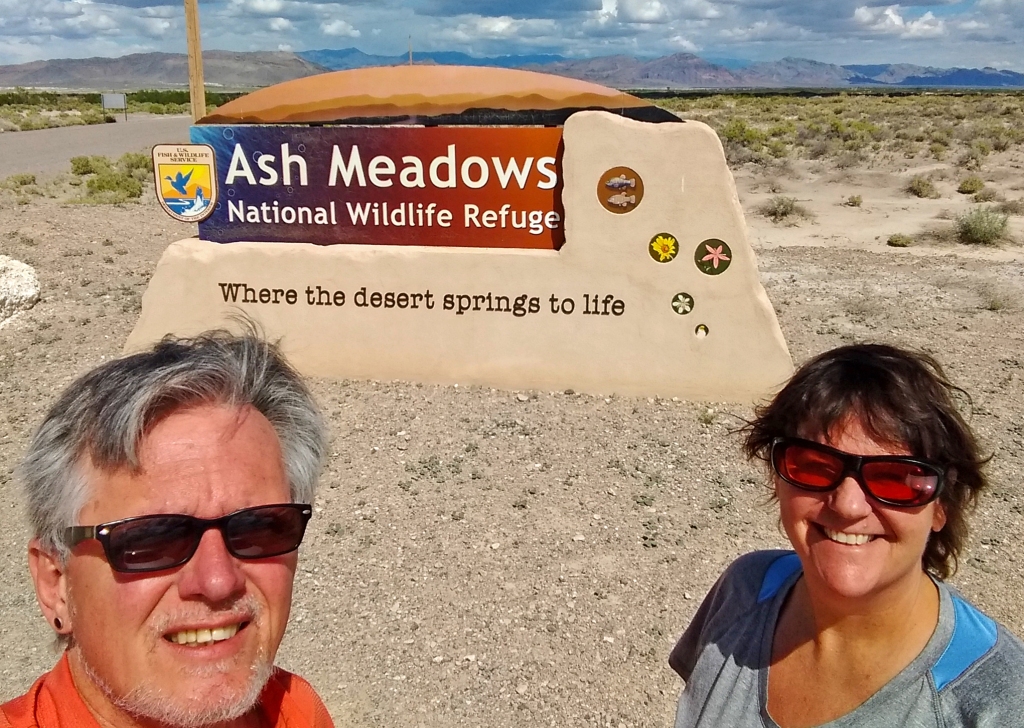



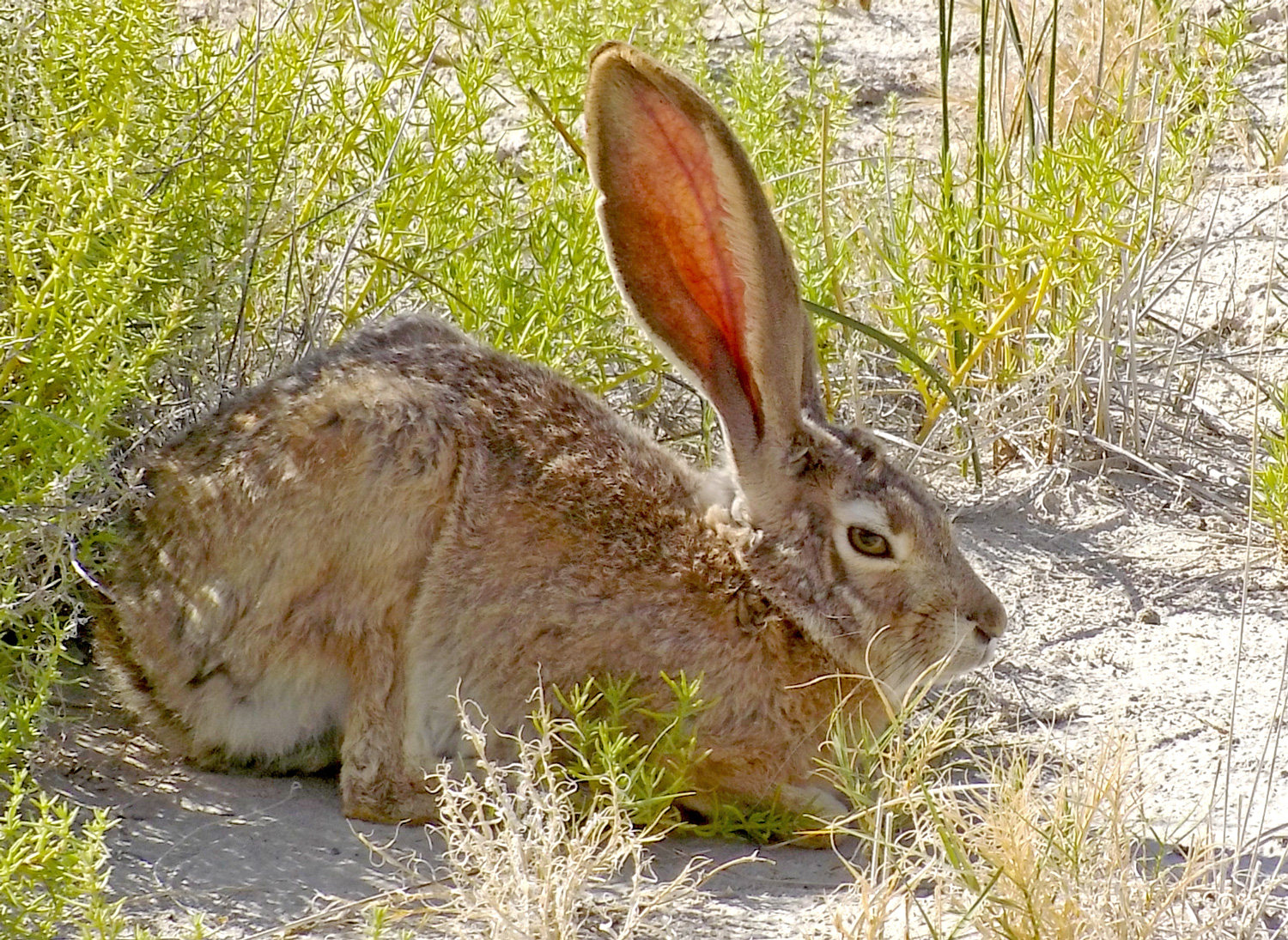

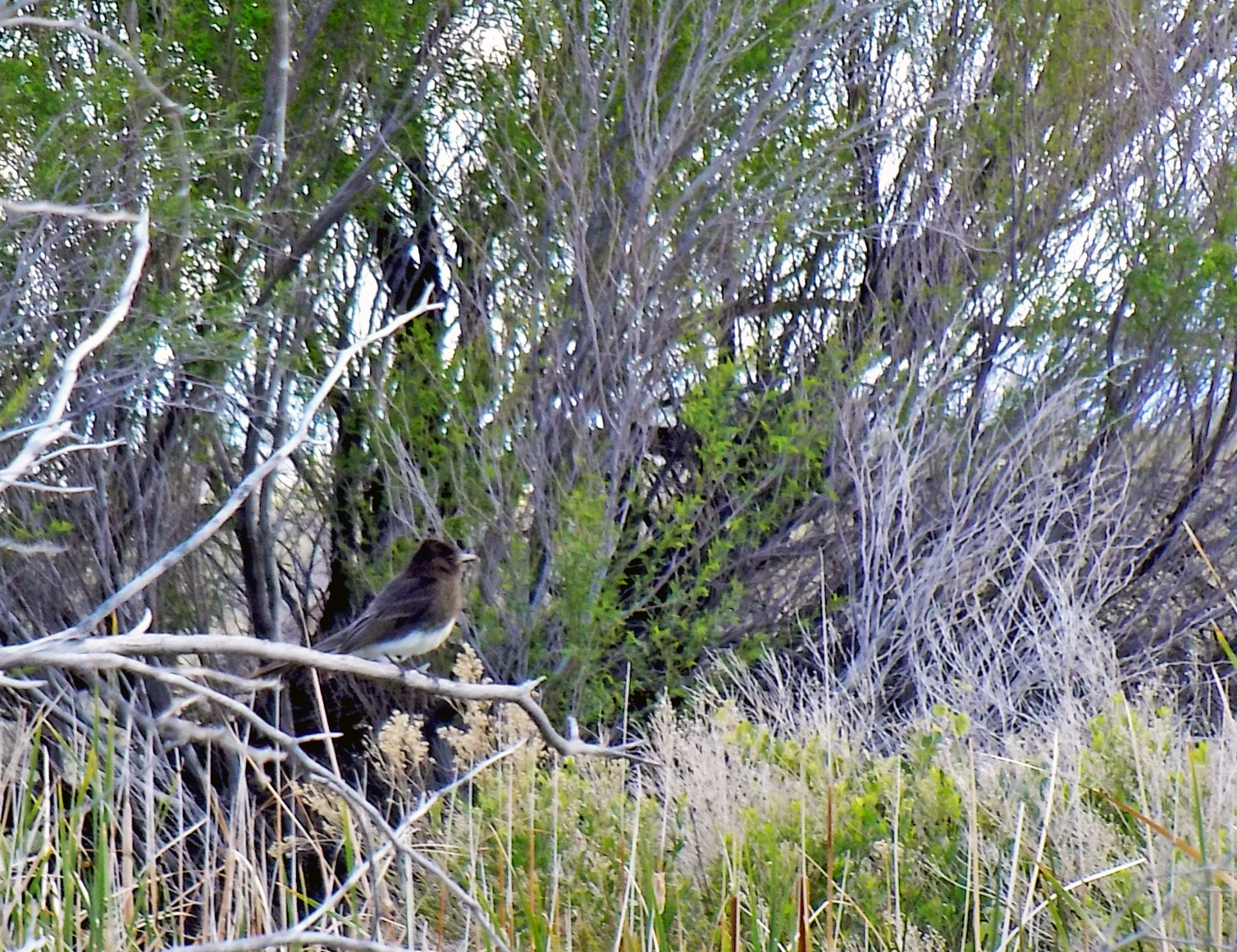


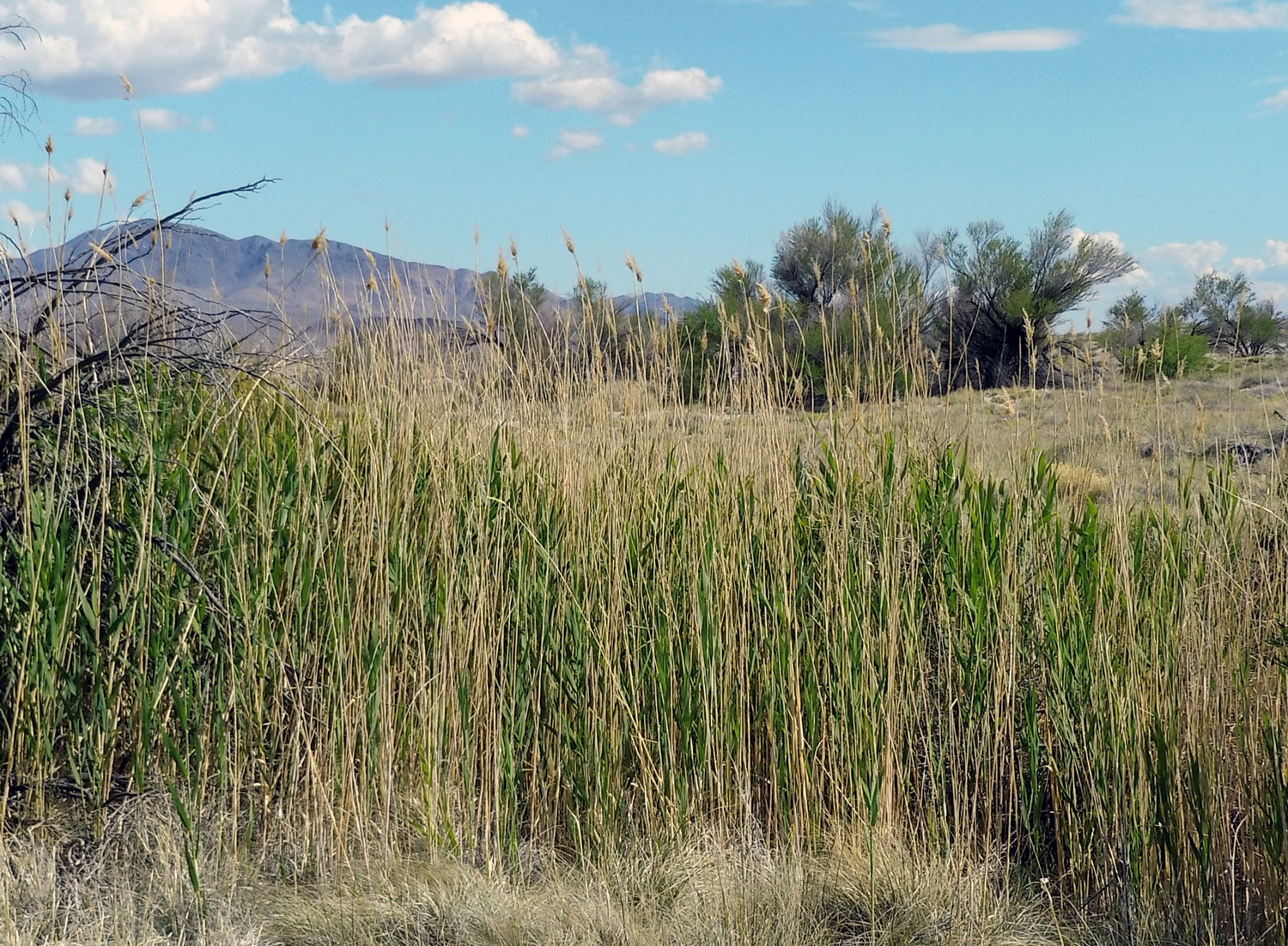









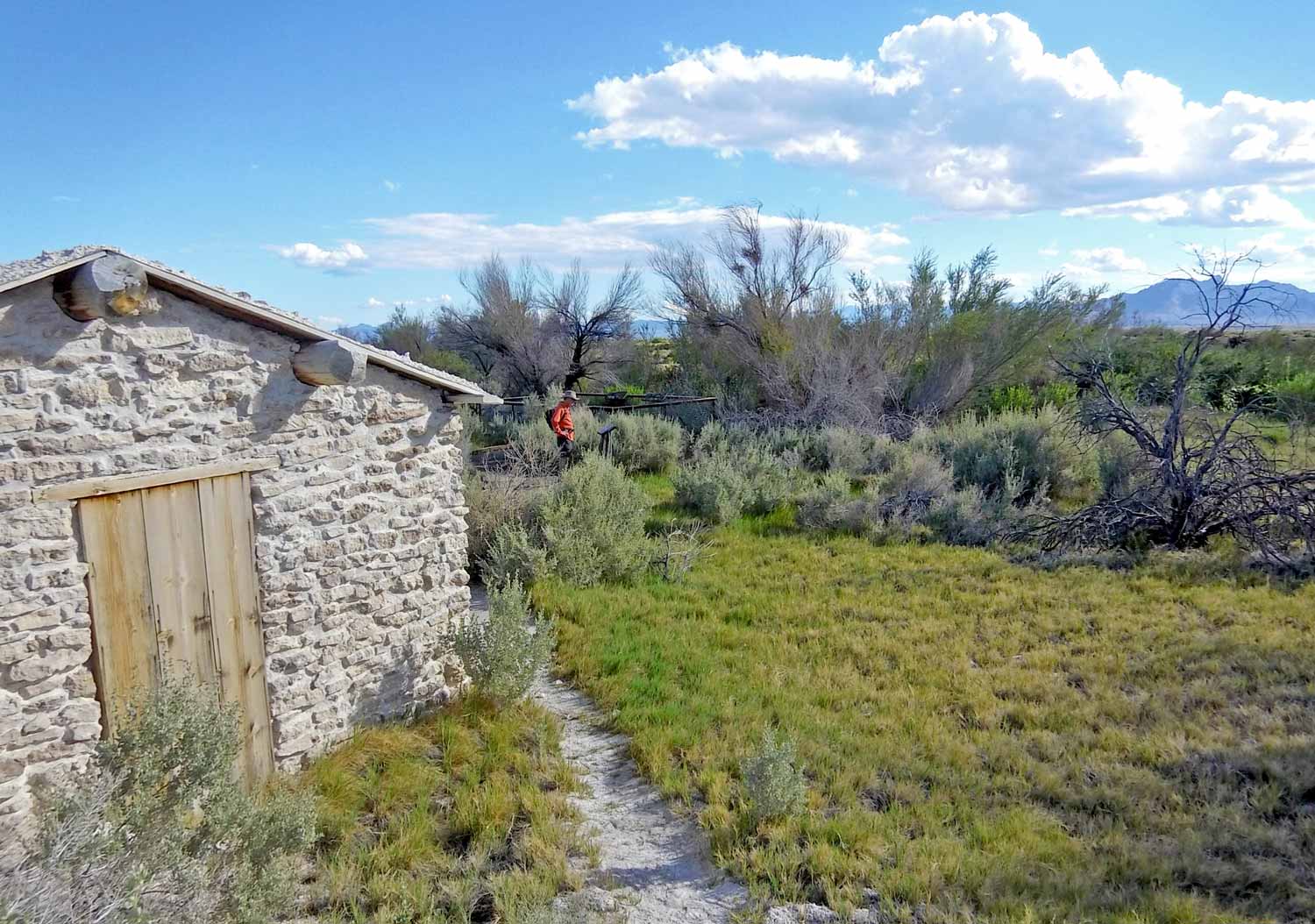
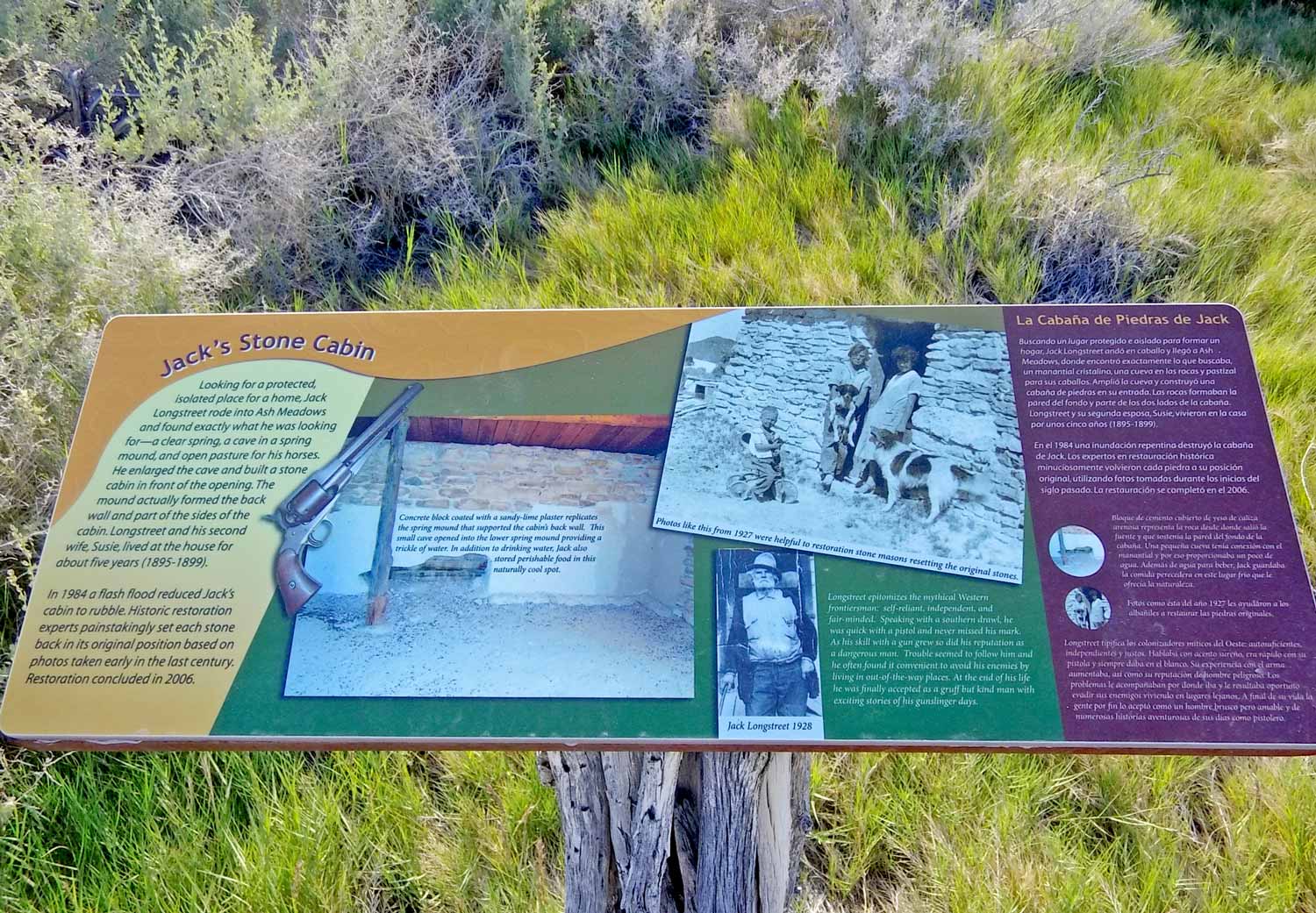






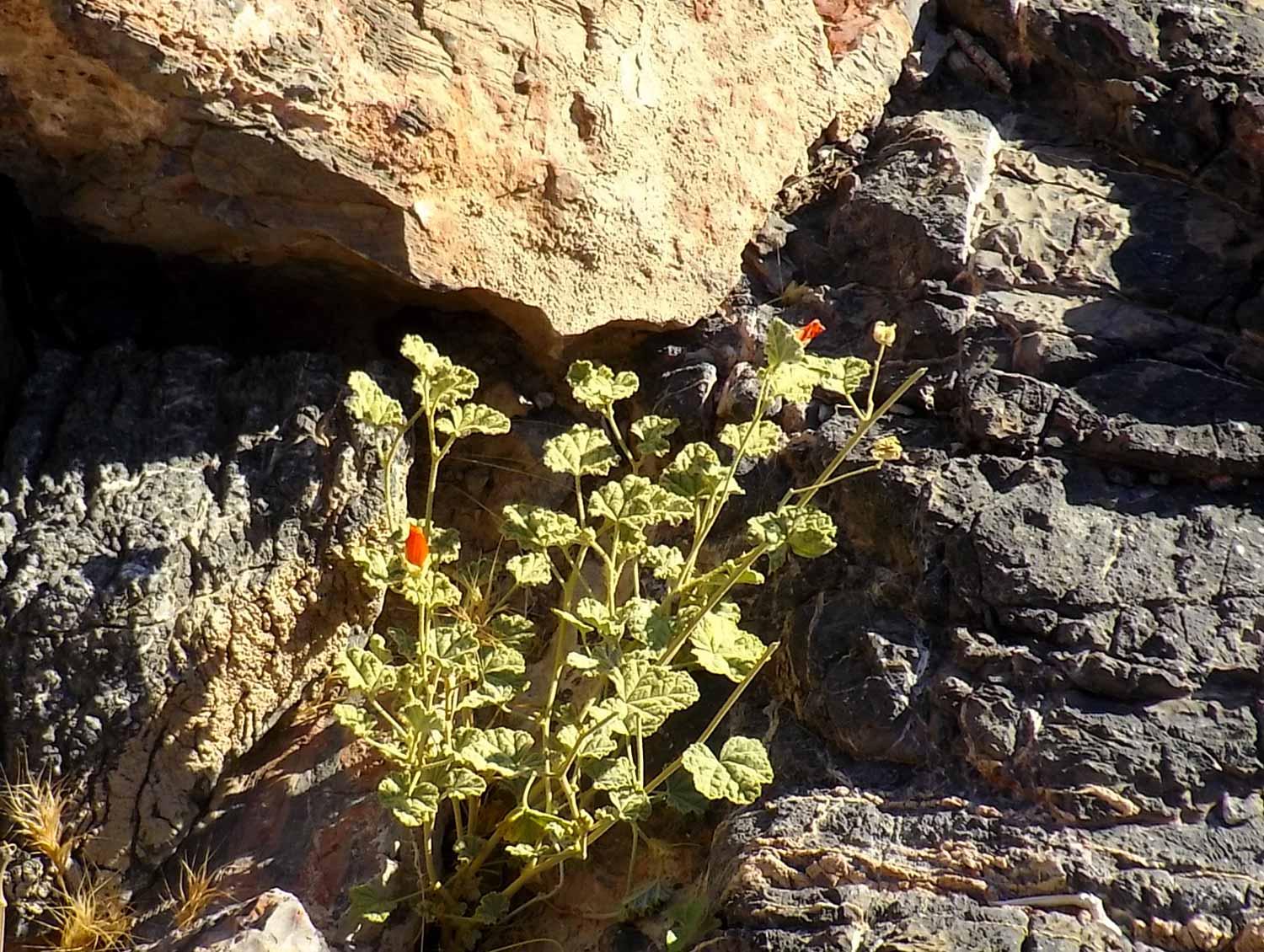
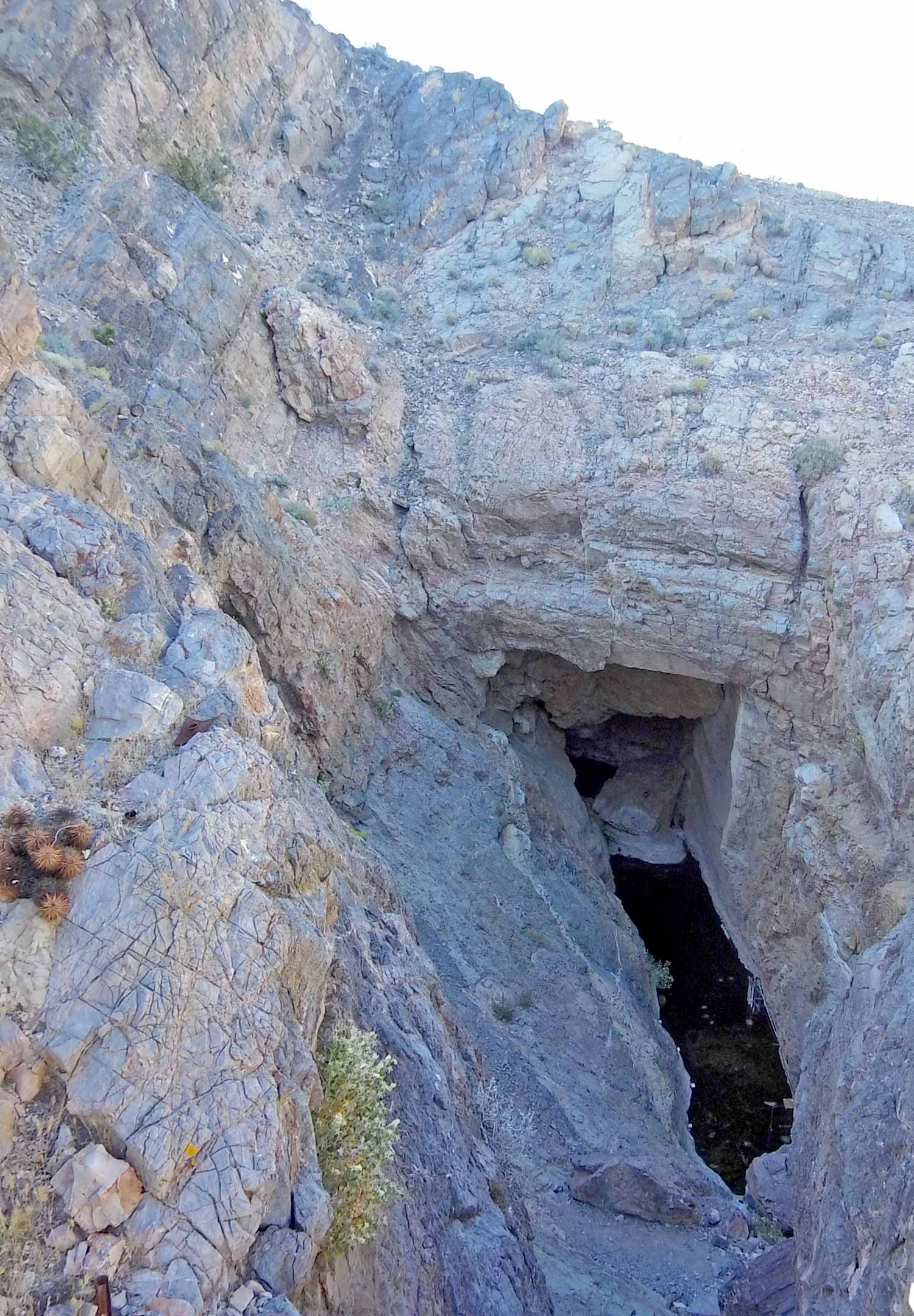

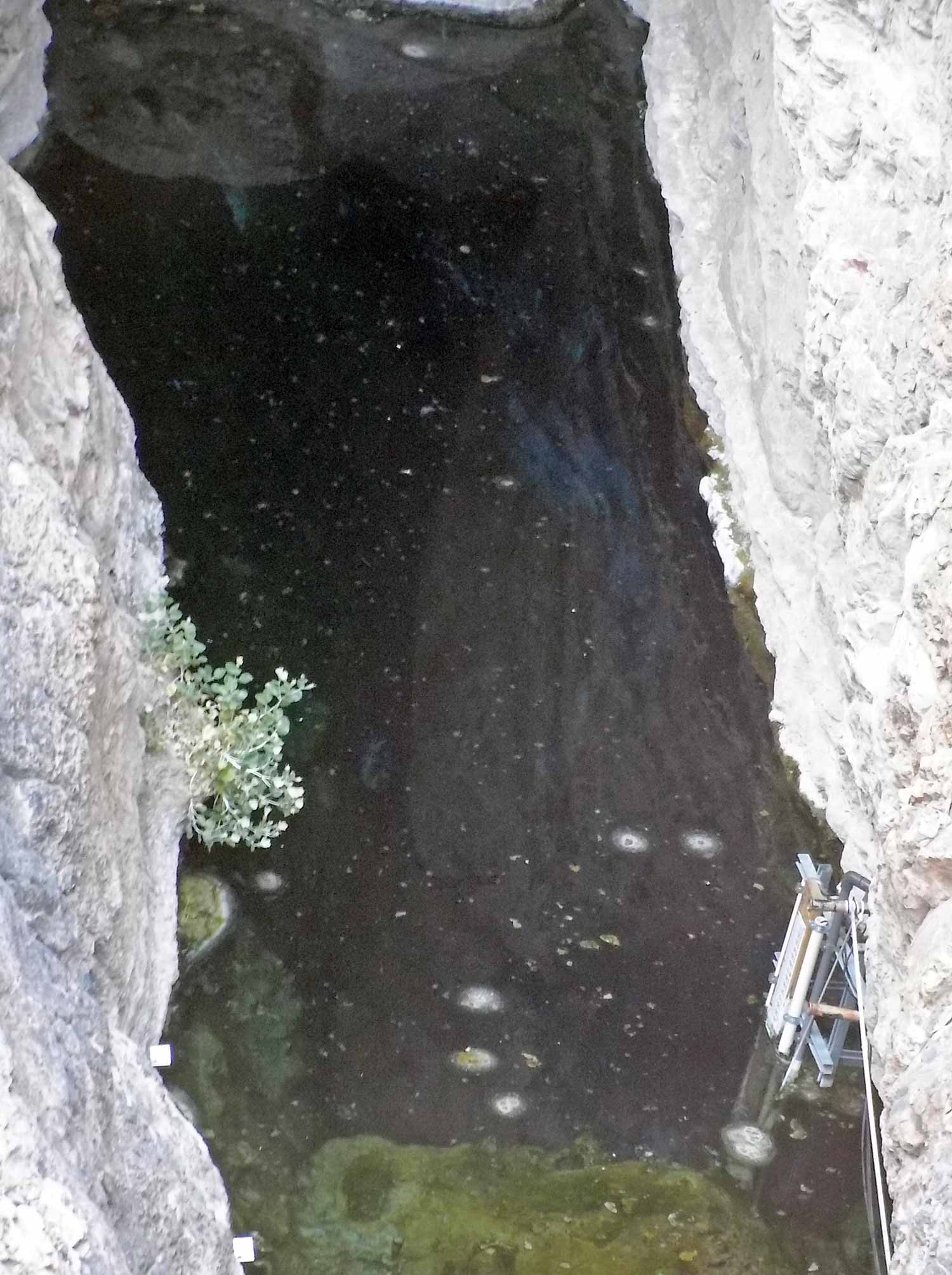





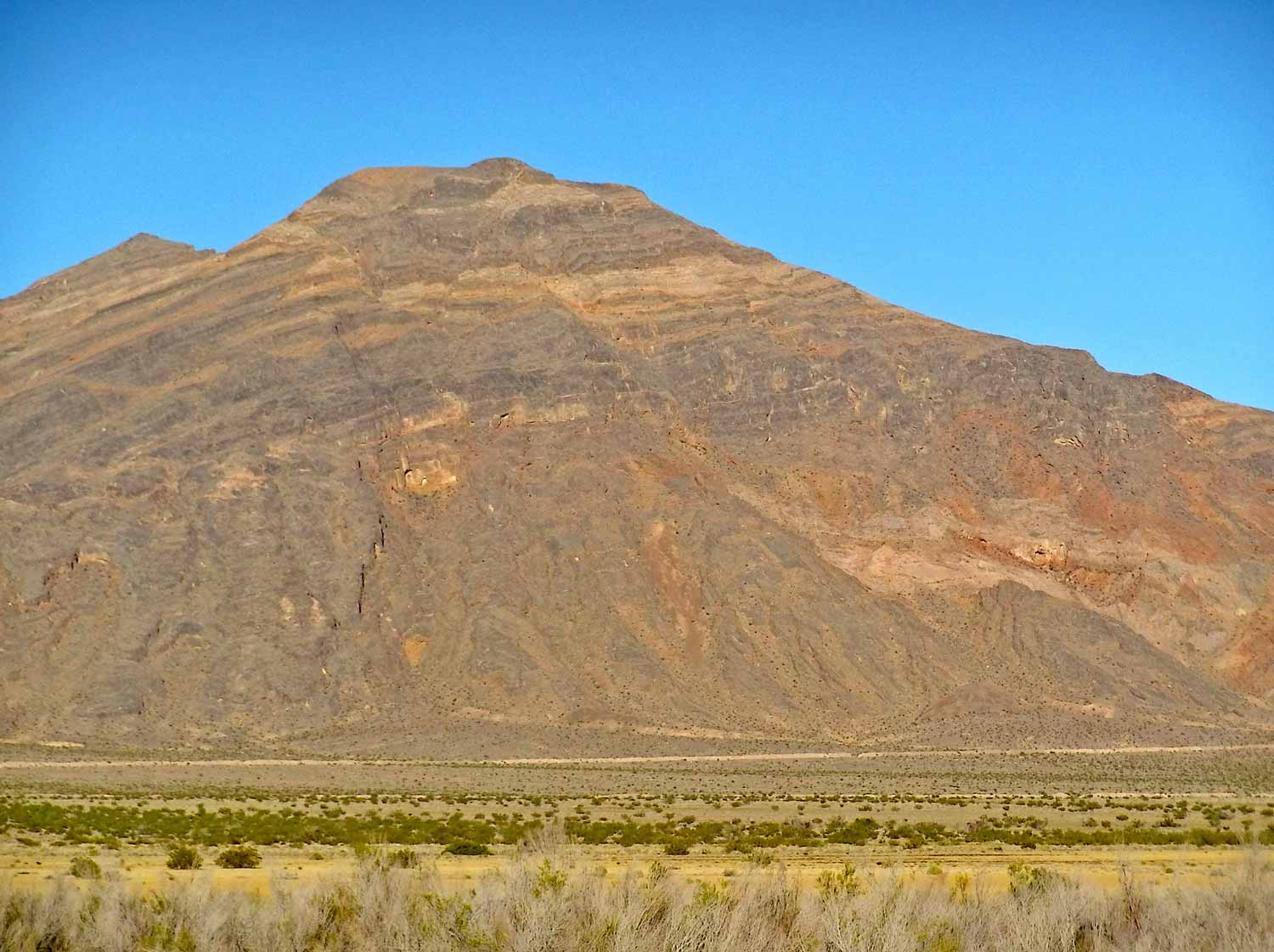
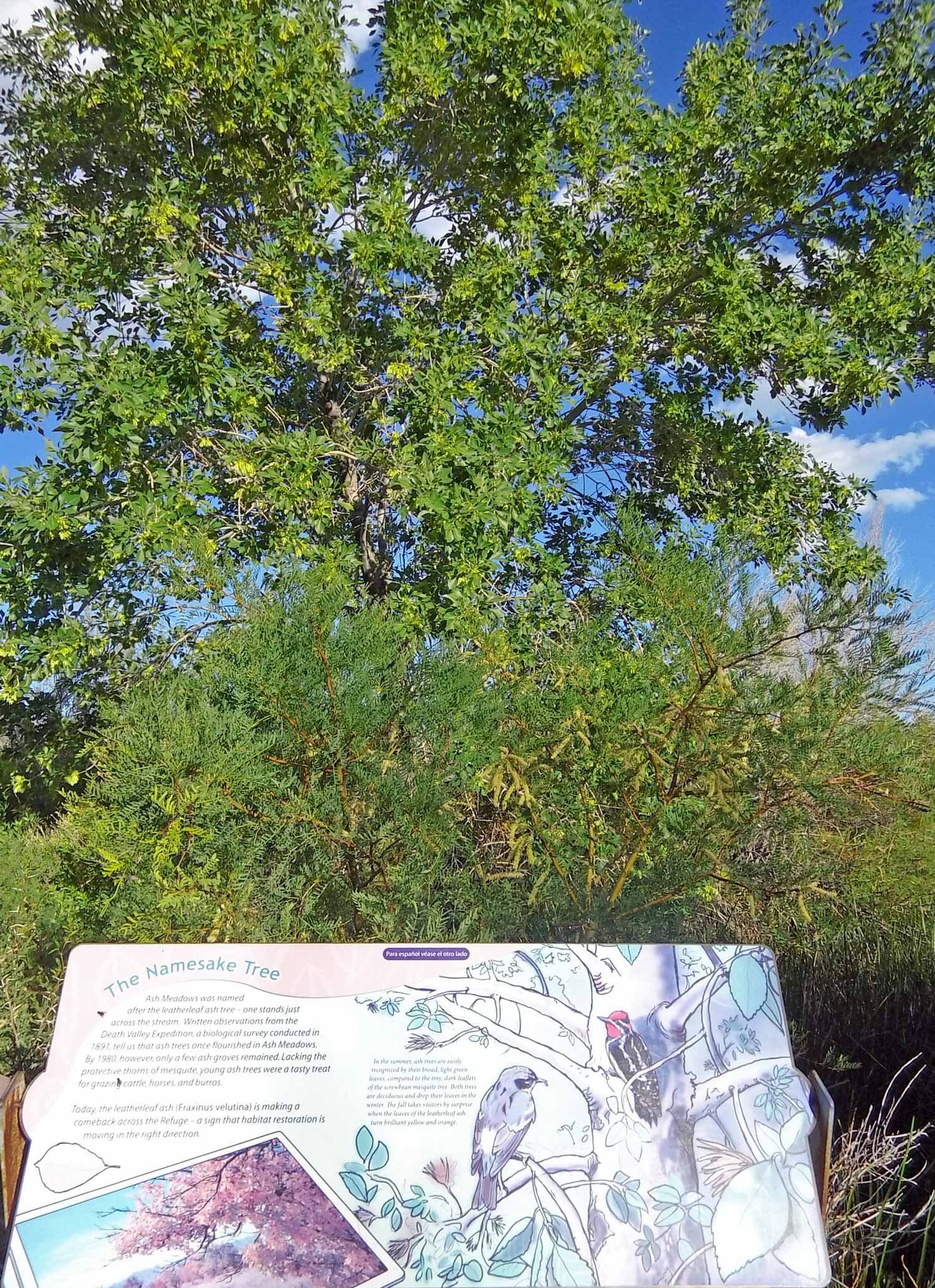


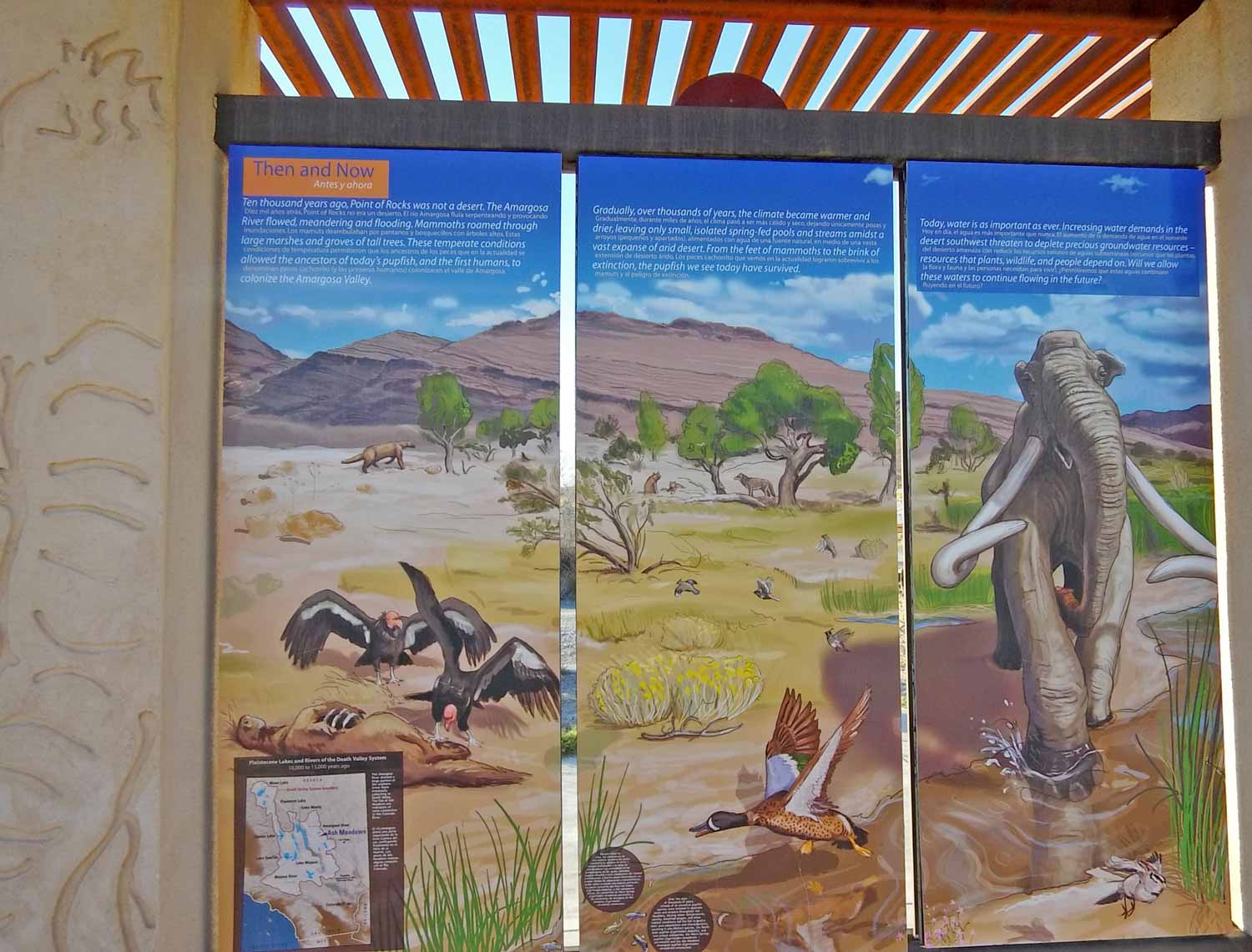





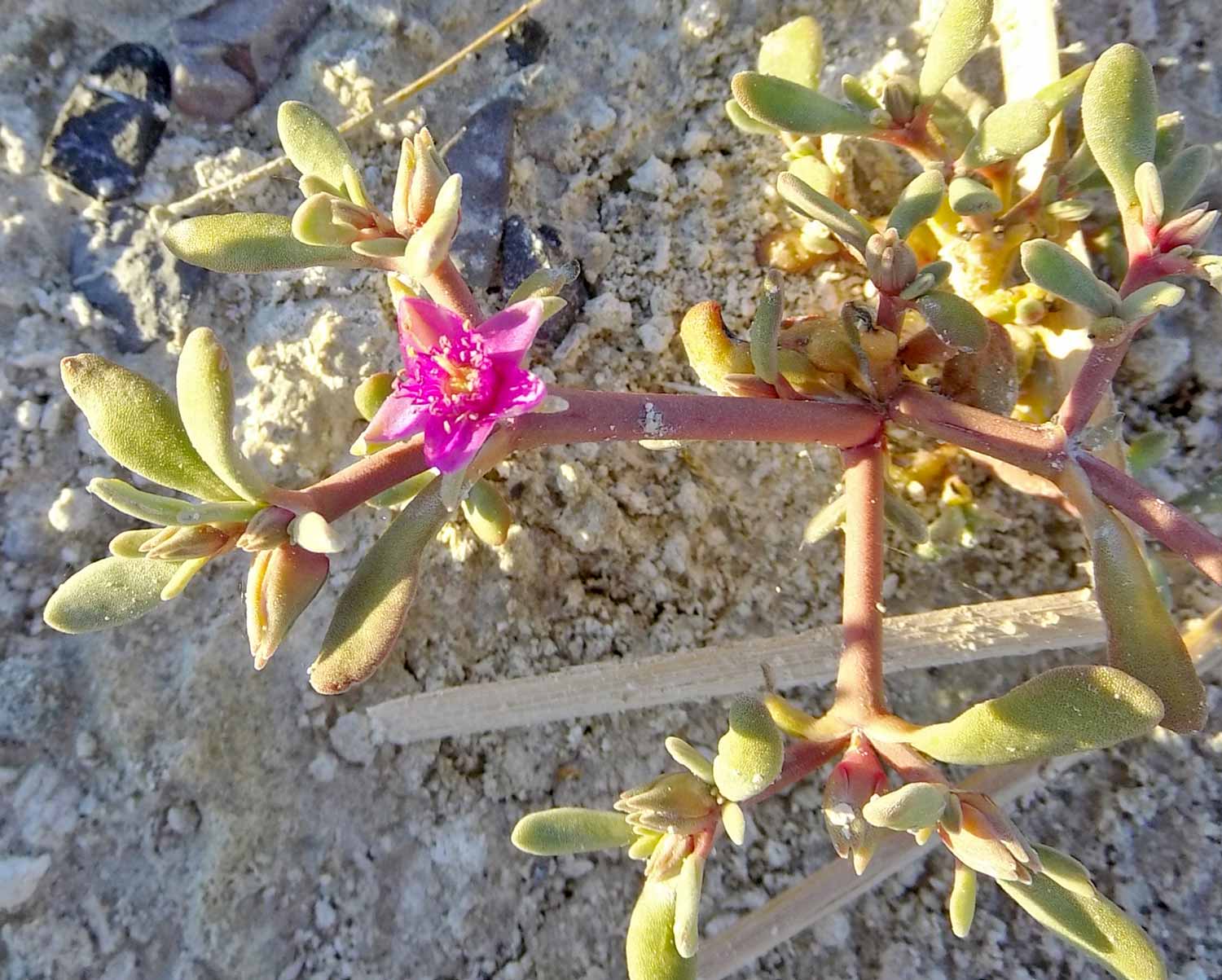


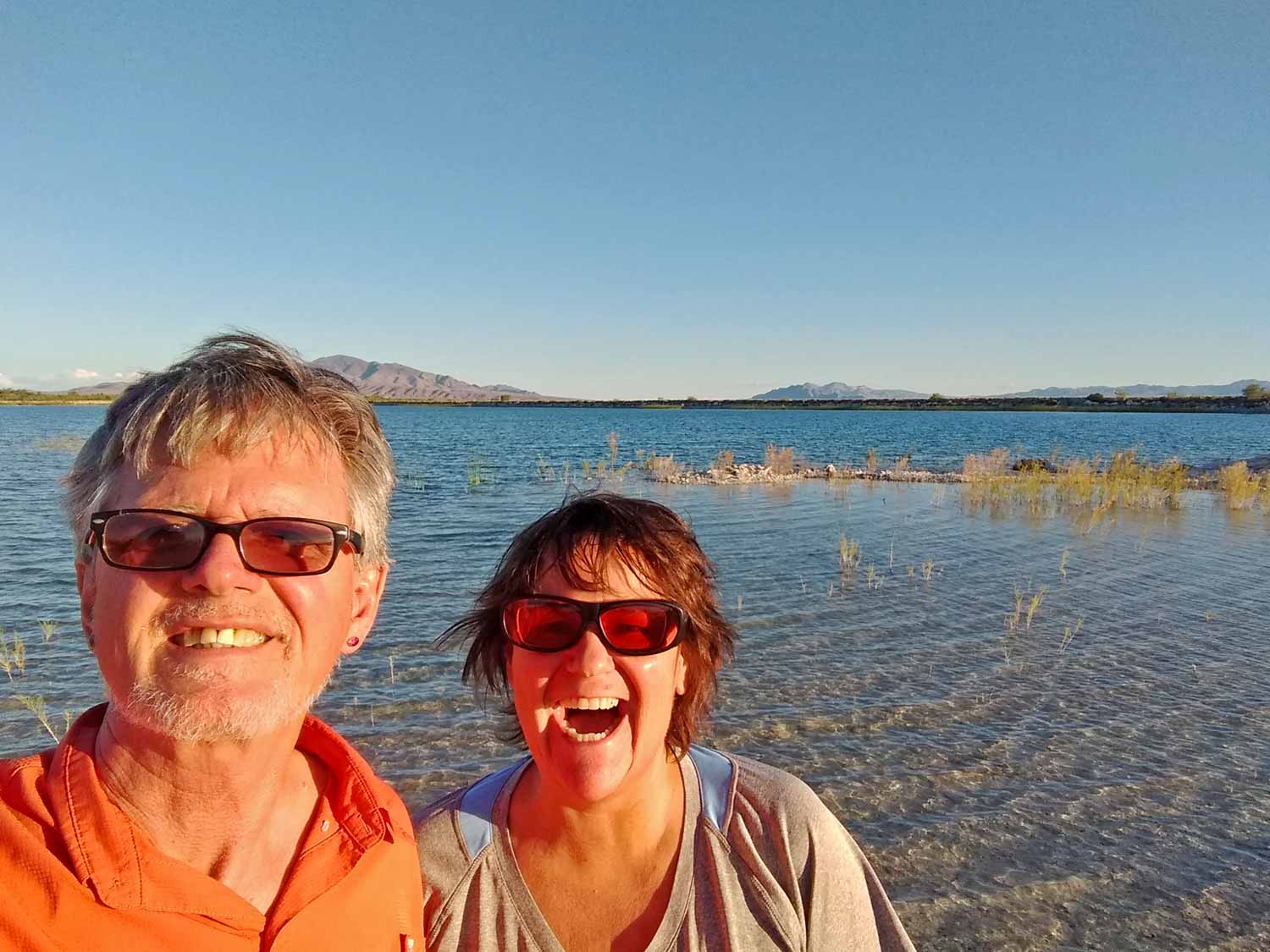
Great documentation of your travels!
LikeLike